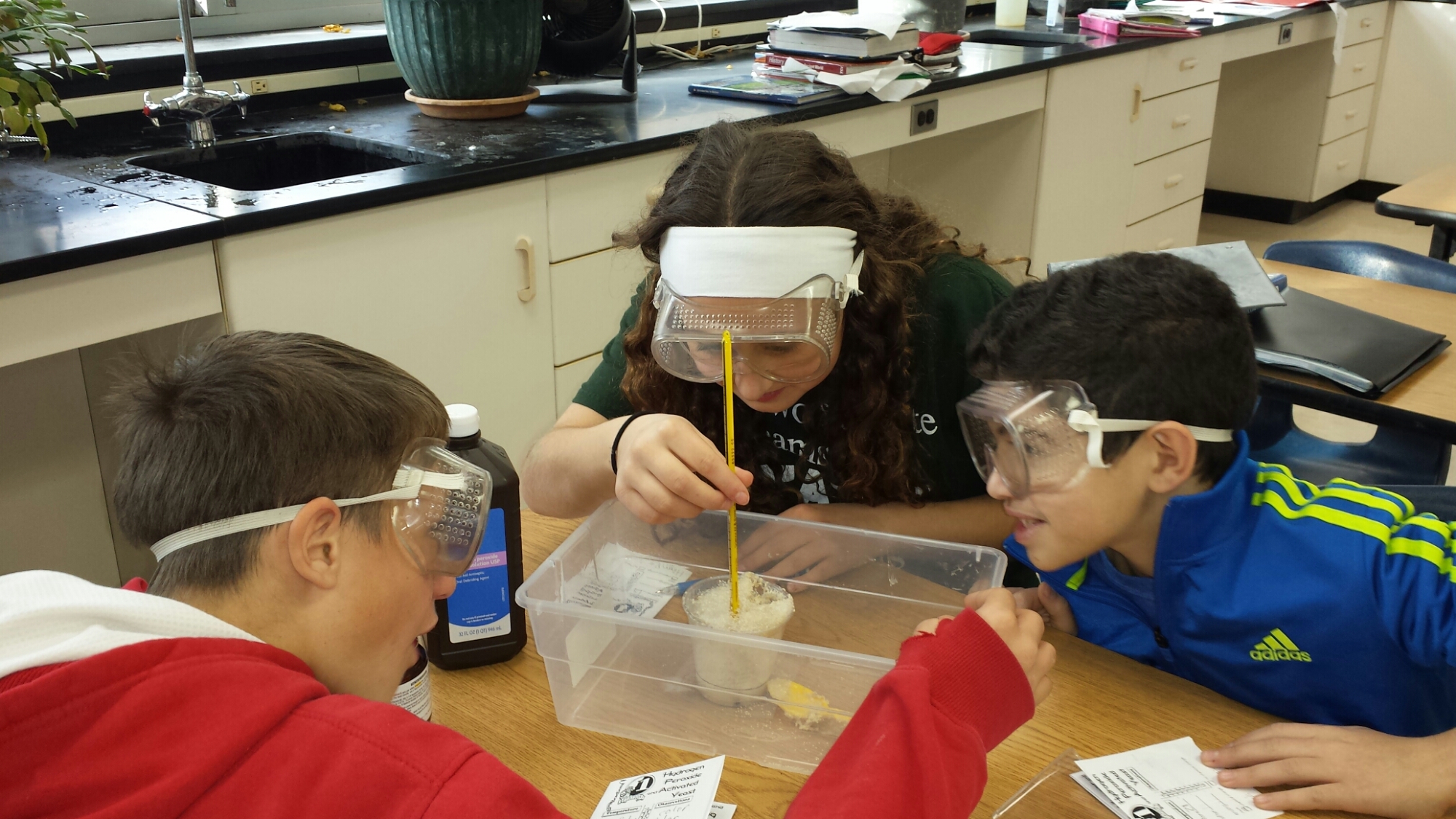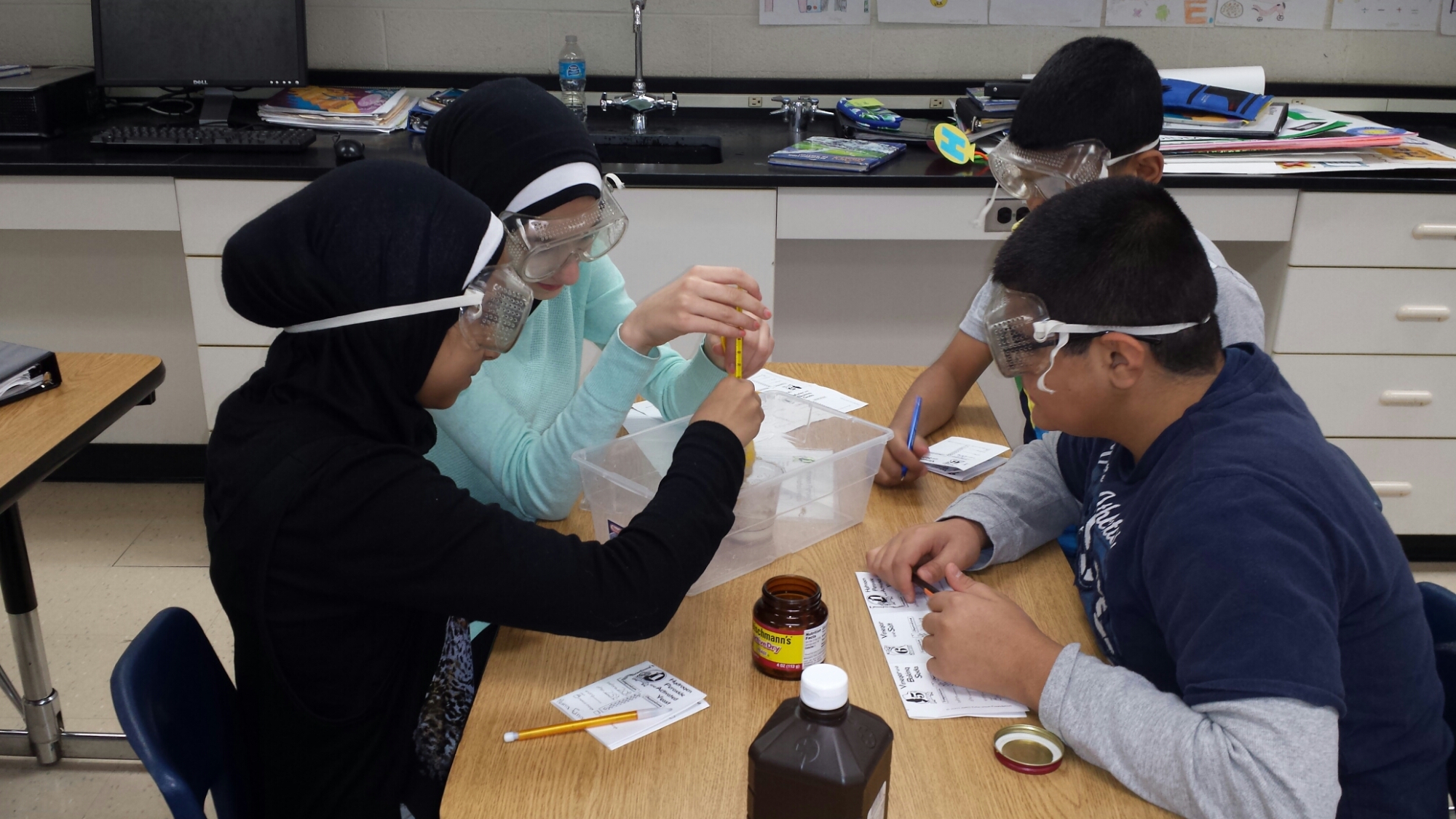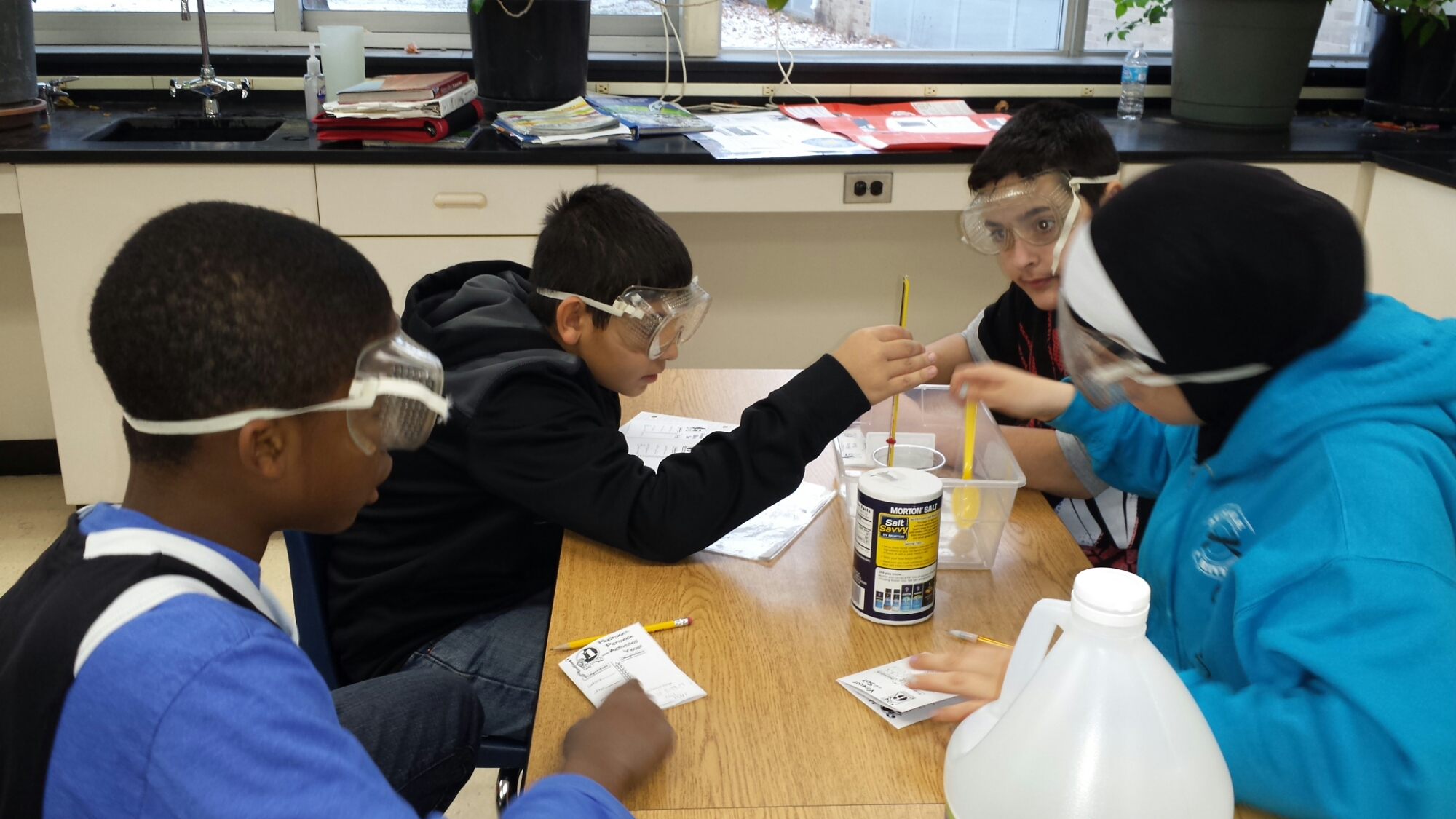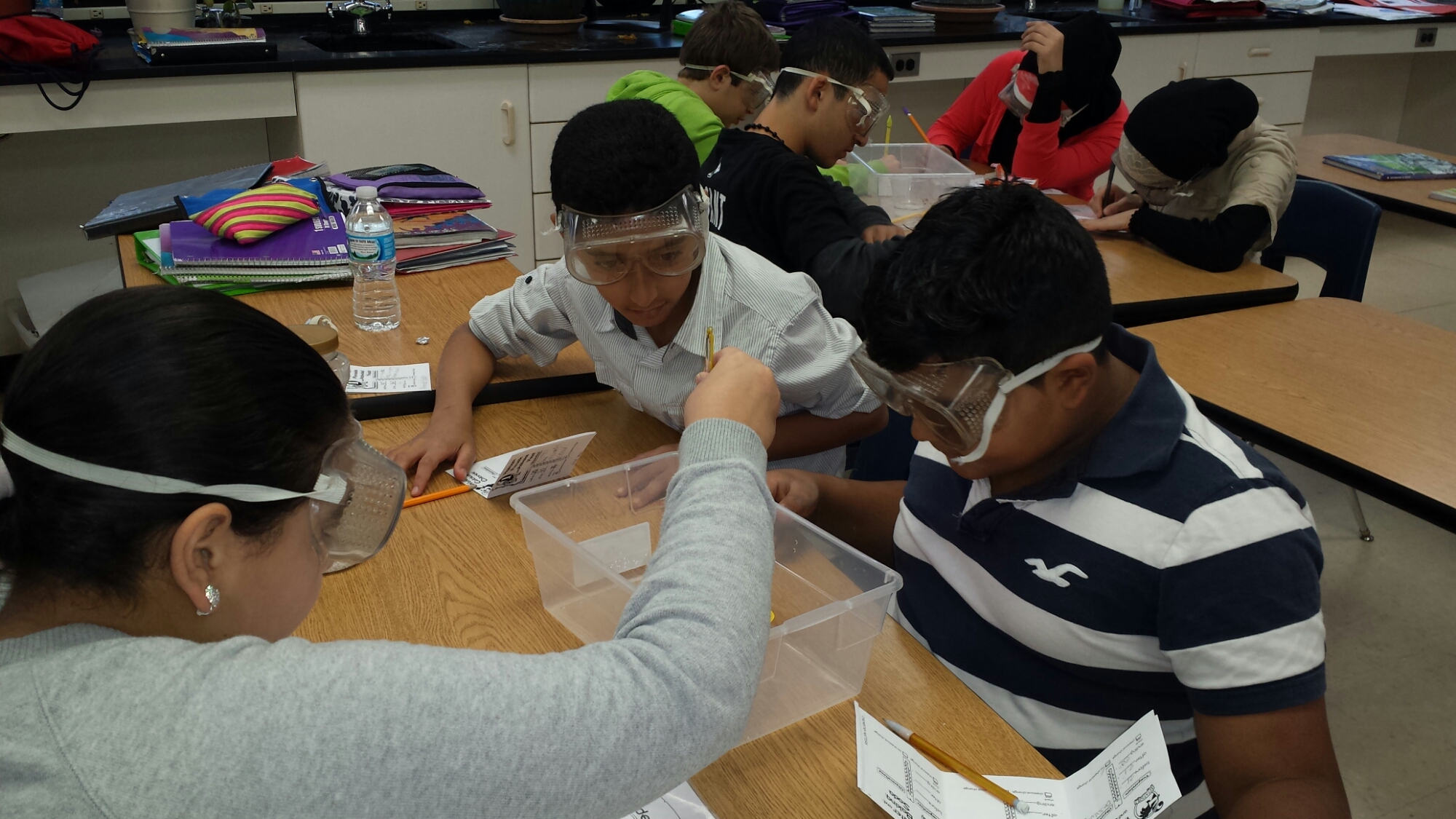Content Objective
Students will demonstrate comprehension of types of waves by comparing mechanical and electromagnetic waves and transverse and longitudinal waves.
P.EN.07.31 Identify examples of waves, including sound waves and waves on water.
Language Objective
Students will draw and write about different types of waves by creating Venn diagrams and drawings while using the text book, PowerPoint and demonstrations in class to draw and label each type.
HOMEWORK – Complete the following and prepare for tomorrows quiz on section 1-1.
- Make a list of different examples of Waves and describe the Medium for each.
- Make a Venn diagram that compares Mechanical Waves and Electromagnetic Waves.
- Make a Venn diagram that compares Transverse Waves and Longitudinal Waves.
- Make a drawing of a Transverse Wave and label the Crests and the Troughs.
- Make a drawing of a Longitudinal Wave and label the Compressions and the Rarefactions.
- Make a drawing of a Surface Wave and explain how the Medium moves compared to the direction the wave travels.




